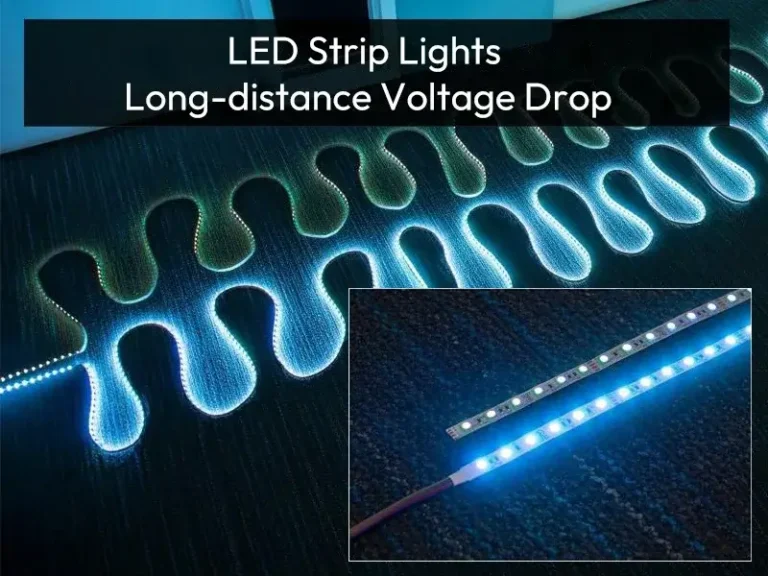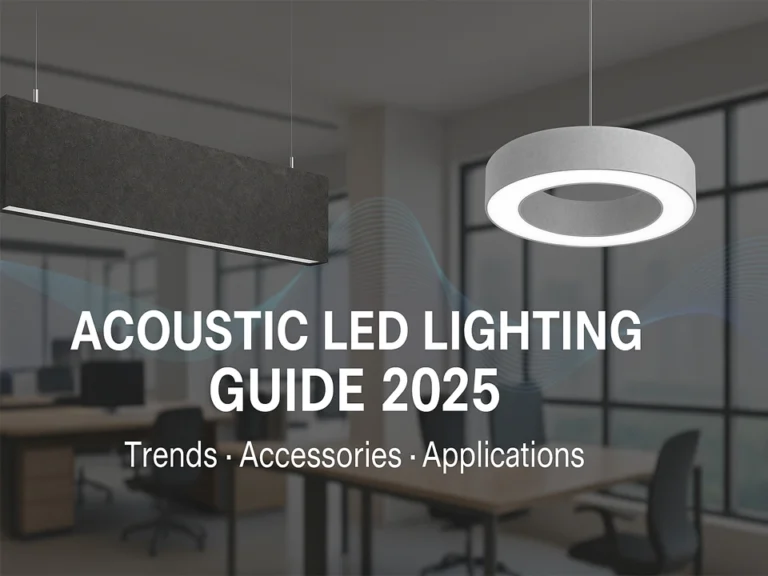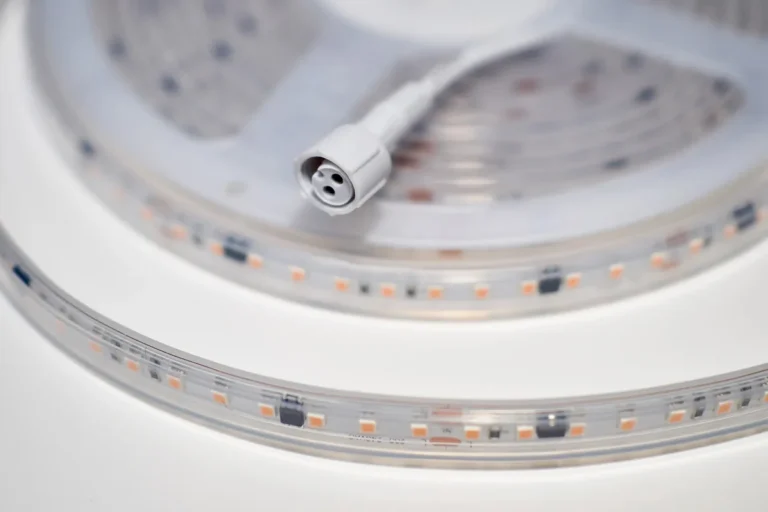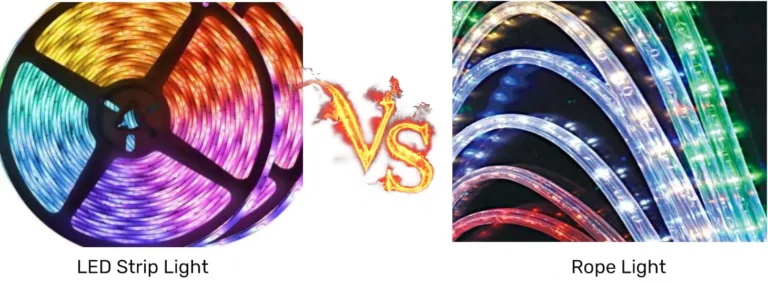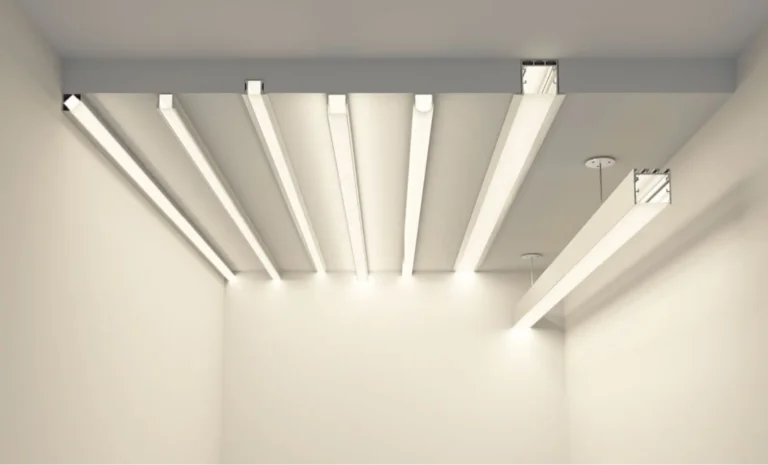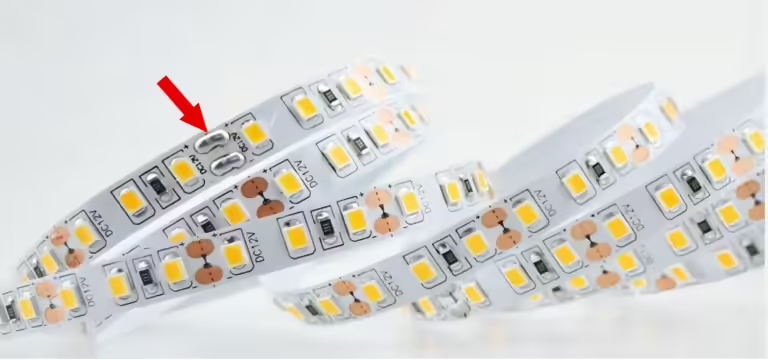Que vous soyez un pêcheur de nuit, un exploitant de fermes piscicoles ou que vous cherchiez simplement à éclairer votre quai, la bonne lampe à poisson LED peut faire une différence remarquable. Ces lumières créent non seulement une visibilité dans les eaux sombres, mais jouent également un rôle essentiel dans l'attraction des poissons-appâts et des espèces de prédateurs plus grandes en stimulant l'activité du plancton. Dans les applications commerciales, ils améliorent la sécurité, améliorent l'efficacité de la pêche et ajoutent même de la valeur esthétique aux zones riveraines.
Cependant, pas tout POISSONS Effectuez la même chose. La façon dont la lumière interagit avec l'eau - sa profondeur, son angle et sa diffusion - affectent directement la façon dont elle attire les poissons. Cela fait du choix entre les lampes à poissons sous-marines et les lampes à poissons LED en surface une décision clé pour quiconque est sérieux au sujet des résultats.
Dans cet article, nous explorerons les principales différences entre les deux types, leurs avantages et leurs inconvénients, et comment décider quelle option d'éclairage convient le mieux à votre environnement de pêche ou à votre configuration de quai. En comprenant le fonctionnement des lampes à poissons sous-marines et en surface, vous pouvez réaliser un investissement éclairé qui offre une meilleure visibilité, une meilleure attraction et des performances plus durables.

Que sont les lampes à poissons sous-marines ?
Définition
Les lampes à poissons sous-marines sont des dispositifs d'éclairage submersibles spécialement conçus pour fonctionner sous la surface de l'eau. Enfermés dans des boîtiers durables et imperméables, ils sont conçus pour résister à une exposition à long terme à la pression de l'eau et à la corrosion, ce qui les rend idéaux pour les environnements d'eau douce et d'eau salée.
Caractéristiques
Ces lampes utilisent généralement des puces LED haute intensité qui offrent une luminosité forte avec une consommation d'énergie minimale. Les technologies de scellement avancées garantissent d'excellentes cotes d'étanchéité (souvent IP68 ou supérieure), tandis que les boîtiers en aluminium ou en polycarbonate améliorent la dissipation thermique et la durabilité. De nombreux modèles présentent des spectres de lumière verte ou bleue, qui pénètrent plus profondément et qui attirent plus efficacement le plancton et les petits poissons.
Applications
Les lampes de poissons à LED sous-marines sont largement utilisées dans les fermes de pêche de nuit, les fermes aquacoles et les opérations marines. Les pêcheurs les déploient pour attirer les poissons-appâts, qui à leur tour attirent les poissons de plus gros gibier. Ils sont également installés autour de quais, de bateaux ou de structures sous-marines pour améliorer la visibilité et créer une lueur nocturne attrayante. Que ce soit pour la pêche commerciale ou pour une utilisation récréative, les lampes à poissons sous-marines à LED offrent des performances fiables et des résultats d'attraction d'excellents poissons.
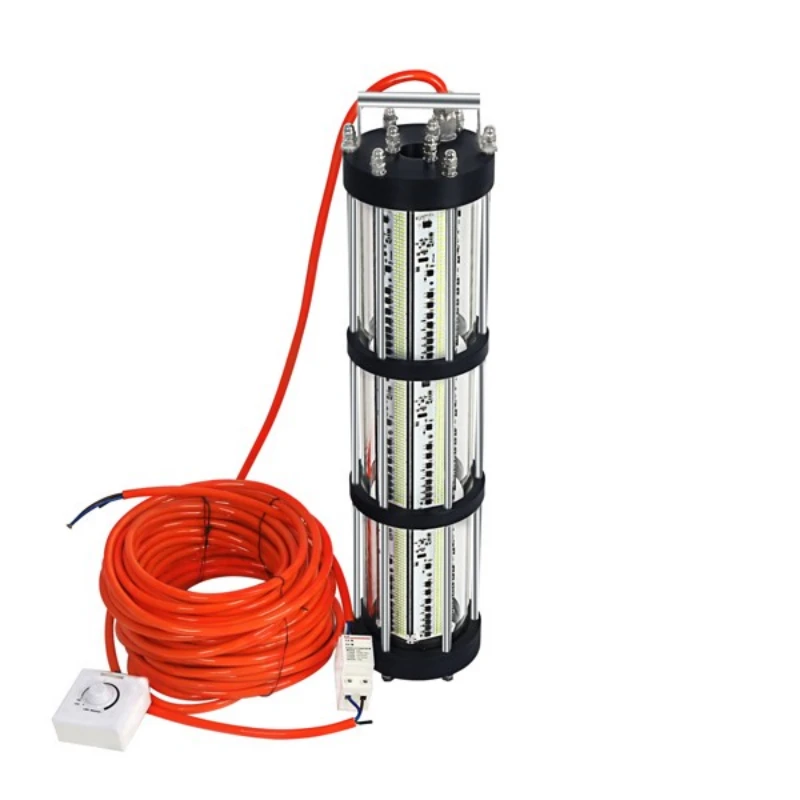
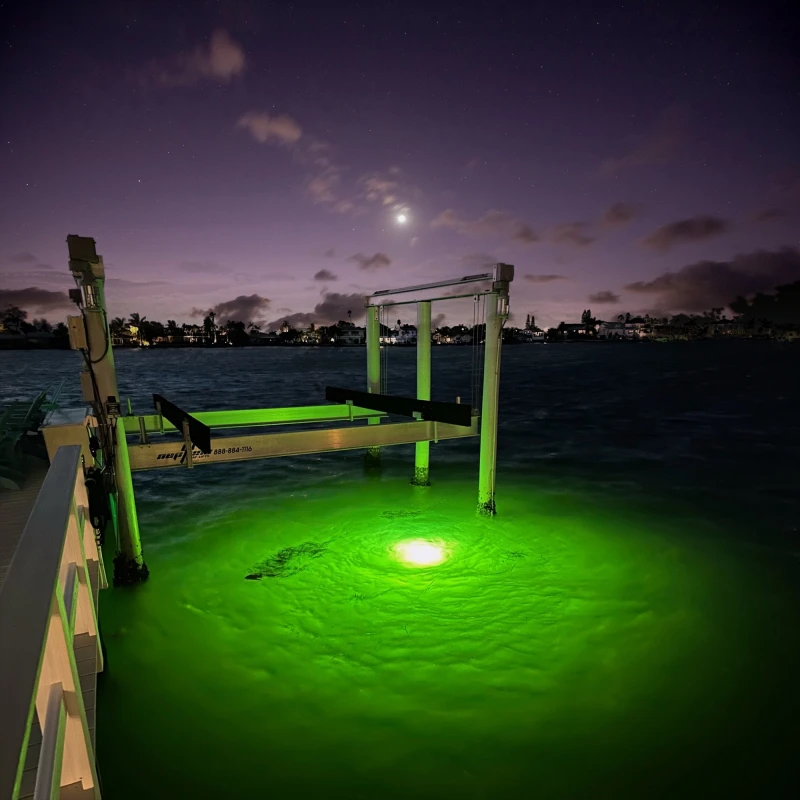
Que sont les lampes de poissons à LED de surface ?
Définition
Les lampes à poissons à LED de surface sont des dispositifs d'éclairage installés au-dessus ou flottant à la surface de l'eau. Contrairement aux types submersibles, ils projettent un éclairage vers le bas dans l'eau, ce qui les rend idéales pour les quais, les jetées et les bateaux. Ces lampes sont généralement résistantes aux intempéries plutôt qu'entièrement imperméables, conçues pour résister aux éclaboussures, à la pluie et à l'humidité tout en offrant une couverture lumineuse et large.
Caractéristiques
Les lampes à poissons à LED en surface sont connues pour leur installation et leur entretien faciles. Ils sont souvent livrés avec des supports réglables, des boîtiers flottants ou des bases magnétiques, permettant une installation rapide sur les bateaux ou les bords du quai. Leurs grands angles de faisceau assurent un éclairage constant sur la surface et les zones peu profondes, tandis que les puces LED à haute luminosité offrent une forte luminosité avec une faible consommation d'énergie. Certains modèles incluent des capteurs de mouvement ou de lumière pour un fonctionnement automatique, améliorant l'efficacité énergétique.
Applications
Les lampes de poissons à LED de surface sont couramment utilisées pour la pêche de nuit récréative, la sécurité des quais et l'éclairage au bord de l'eau. Ils aident à attirer les poissons-appâts près de la surface, ce qui les rend utiles aux pêcheurs à la pêche dans des eaux peu profondes. De plus, ils améliorent la visibilité autour des marinas et des bateaux, créant ainsi un environnement d'éclairage fonctionnel et visuellement attrayant.
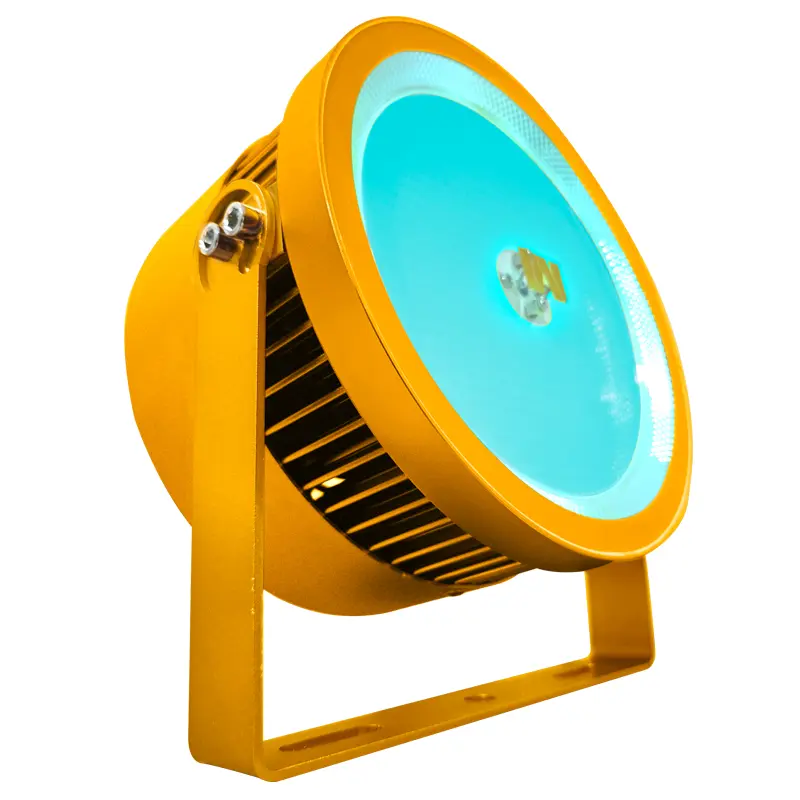
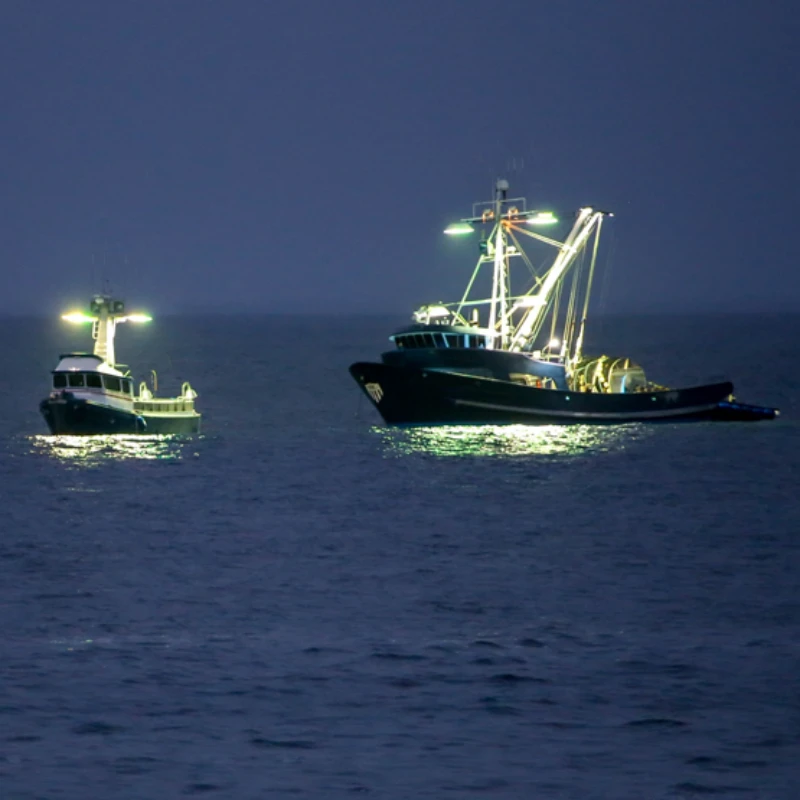
Lumières de poissons sous-marines et de surfaces LED : différences clés
Luminosité et pénétration de la lumière
Les lampes de poissons sous-marines à LED offrent une pénétration de lumière plus forte car elles éliminent la réflexion de la surface. Leurs poutres traversent directement la colonne d'eau, ce qui les rend idéaux pour des conditions profondes ou troubles.
Les lumières de surface, bien que lumineuses, perdent une certaine intensité en raison de la réflexion et de la diffusion sur la surface.
Efficacité énergétique
Les deux options utilisent la technologie LED, mais les lampes sous-marines sont généralement plus efficaces pour l'attraction des poissons, car leur énergie lumineuse est mieux utilisée sous l'eau.
Les lumières de surface peuvent nécessiter une puissance plus élevée pour obtenir le même effet visuel sous l'eau.
Facilité d'installation et d'entretien
Les éclairages de surface sont plus faciles à installer et à entretenir, nécessitant souvent un montage ou un placement flottant simple.
Les modèles sous-marins ont besoin d'une immersion sûre et d'un nettoyage périodique pour éviter l'accumulation d'algues, ce qui les rend légèrement plus complexes.
Durabilité et imperméabilisation
Les lampes de poisson sous-marine doivent respecter les normes IP68 ou supérieures et sont construites avec des boîtiers résistants à la corrosion.
Les éclairages de surface, bien qu'ils soient moins résistants aux intempéries, sont moins protégés contre l'immersion totale ou l'exposition à long terme à l'humidité.
Performance des attractions de
L'éclairage sous-marin surpasse généralement l'éclairage de surface pour attirer le plancton et les poissons-appâts, qui préfèrent les zones éclairées sous la surface.
Les éclairages de surface sont efficaces en eau peu profonde ou à proximité des quais.
Coût et longévité
Les lampes sous-marines sont plus chères mais offrent une durée de vie plus longue et une résistance aux chocs plus élevée. Les éclairages de surface sont plus abordables et plus faciles à remplacer.
| Fonctionnalité | Lumière de poissons LED sous-marine | Lumière de poisson LED de surface |
| Pénétration légère | Excellent | Modéré |
| Efficacité énergétique | Haut | Moyen |
| Installation | Complexe | Facile |
| imperméabilisation | IP68+ | imperméable |
| Attraction de poisson | plus fort | Modéré |
| Coût | Plus élevé | Plus bas |

Comment choisir le type approprié pour votre projet de pêche ou de quai
Basé sur la candidature
Si votre objectif est d'attirer les poissons pour la pêche commerciale, l'aquaculture ou l'utilisation au large, les lampes de poissons sous-marines sont la meilleure option en raison de leur forte pénétration et de leur éclairage concentré. Pour la pêche nocturne, la sécurité du quai ou l'éclairage décoratif au bord de l'eau, les lumières de surface offrent une luminosité adéquate avec une configuration plus facile.
en fonction des conditions de l'eau
Dans l'eau profonde, sombre ou en mouvement, les lumières sous-marines fonctionnent mieux car elles peuvent atteindre de plus grandes profondeurs et rester stables. En revanche, pour les étangs peu profonds, les lacs calmes ou les zones de marina, les lampes de surface sont plus adaptées et plus rentables.
Basé sur l'environnement d'installation
Les bateaux, les cages submergées ou les structures sous-marines fixes bénéficient de conceptions submersibles. Les docks, les piliers ou les configurations flottantes sont plus compatibles avec les lampes en surface ou flottantes qui sont plus faciles à entretenir.
Basé sur le coût et la maintenance
Les systèmes sous-marins ont des coûts initiaux plus élevés mais durent plus longtemps. Les lampes de surface sont moins chères et plus simples à remplacer, mais elles peuvent nécessiter un entretien plus fréquent.
Pour une utilisation professionnelle et une efficacité en eau profonde, choisissez l'éclairage sous-marin. Pour la polyvalence et les besoins en matière de faible entretien, les options de surface fonctionnent bien. Dans certains projets, la combinaison des deux types peut créer le système d'attraction de poisson le plus efficace et le plus équilibré.

Conclusion
Le choix entre les lampes de poissons sous-marine et de surface LED dépend de vos objectifs de pêche, de votre environnement et de votre budget. Les lampes sous-marines offrent un éclairage plus profond et une performance plus forte pour attirer les poissons, ce qui les rend idéales pour une utilisation professionnelle ou profonde. Les éclairages de surface, quant à eux, offrent une installation facile et des applications polyvalentes pour les quais, les bateaux et les zones peu profondes. Comprendre vos besoins spécifiques vous aidera à investir dans la bonne solution pour une efficacité et des résultats à long terme.
Au SignliteLED, nous proposons une gamme complète de feux de poisson LED avec des spectres personnalisés conçus pour attirer différentes espèces de poissons, des feux verts pour les poissons-appâts aux lumières bleues ou blanches pour les plus grandes espèces marines. Nos produits sont conçus pour la durabilité, l'efficacité énergétique et la performance dans n'importe quel environnement aquatique. Nous soutenons également la personnalisation OEM et groupée pour répondre aux exigences de votre projet. Contactez Signiteled aujourd'hui pour obtenir votre solution idéale de lumière de poisson LED.
